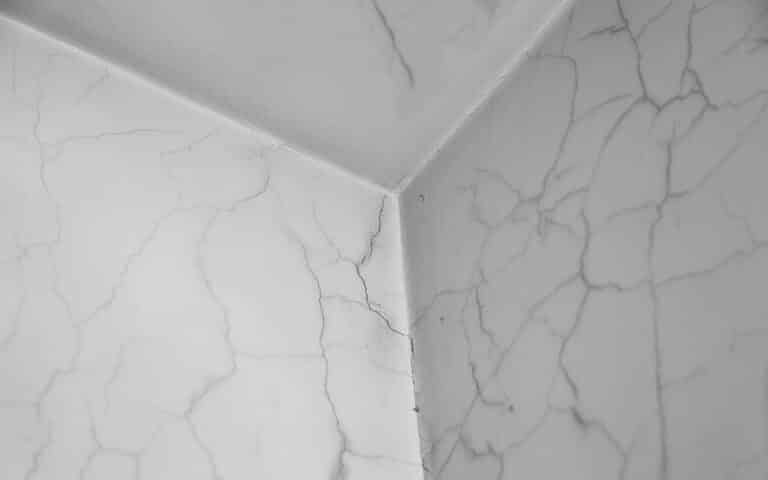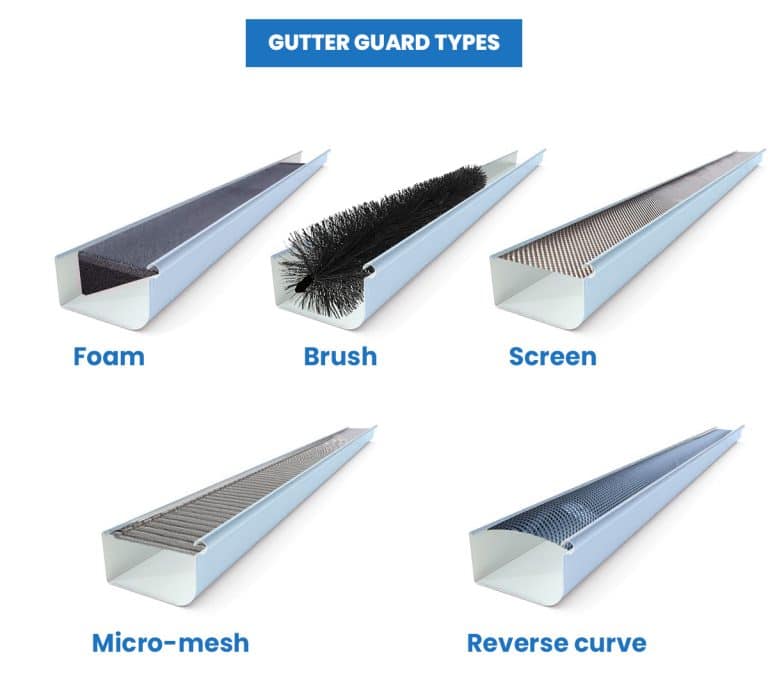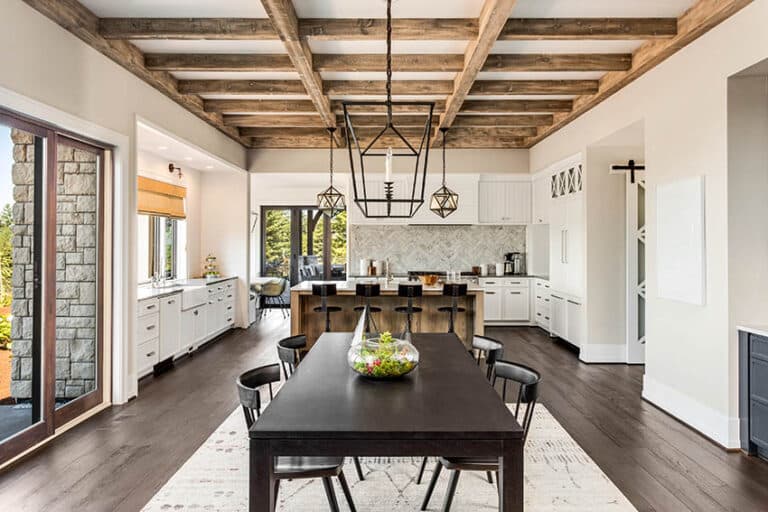Can You Tile Over Linoleum (What You Need To Know)
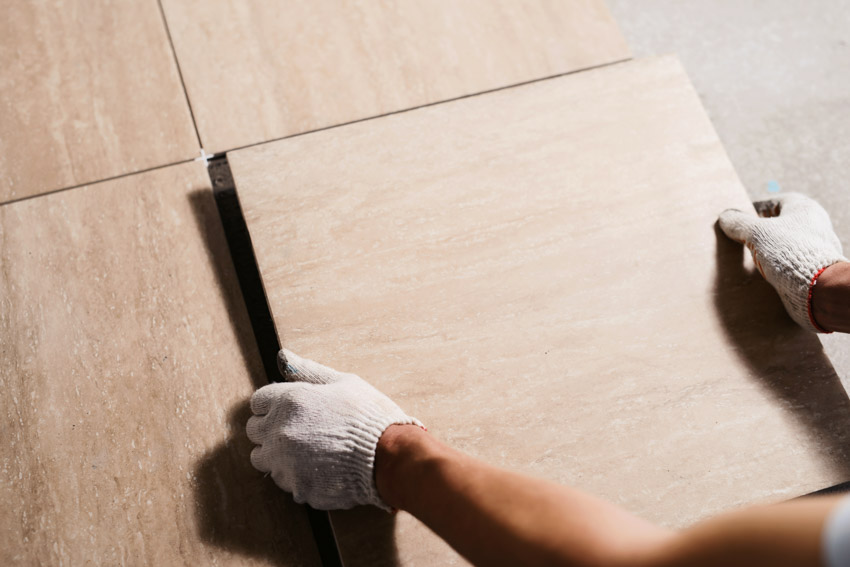
Do I need to remove my linoleum before laying the tiles? You’ve probably asked yourself this a few times after assessing some old linoleum floors. The short answer to this is yes. You can tile over your old linoleum floors. If there’s one thing that rings true for most homeowners all over the country, it would be the fact that linoleum flooring in the home and in commercial spaces can at times look old and tired. If this is something that you’ve been mulling over for quite some time, you are not alone.
If you’ve been imagining how your floor would look if it had beautiful tile on it instead of the outdated linoleum, you aren’t wrong. Beautiful tiles can make your floors pop and bring your interior décor to a new level.
How To Know Whether To Lay Tile Over Linoleum?
The kitchen or the bathroom is one of the easiest spaces to upgrade in the home. It’s no surprise if these are also the spaces you’ve been considering changing up a bit. Changing the bathroom or kitchen floors is great for upgrades as they can change the overall look of the place without incurring too much cost.
Older homes usually come along with linoleum floors as they were common and affordable back in the day. “Slapping” tiles over old linoleum sounds like a pretty easy concept but it really isn’t all that simple.
If you’re starting to get excited, pace yourself a little bit first. You need to figure out a few things before you start laying those tiles over. This can be a better option than removing the linoleum.
For starters, you need to determine what kind of condition your linoleum is actually in. From there, you’ll be able to make a sound judgment on whether you just lay tiles right over it.
How Old Is The Linoleum?
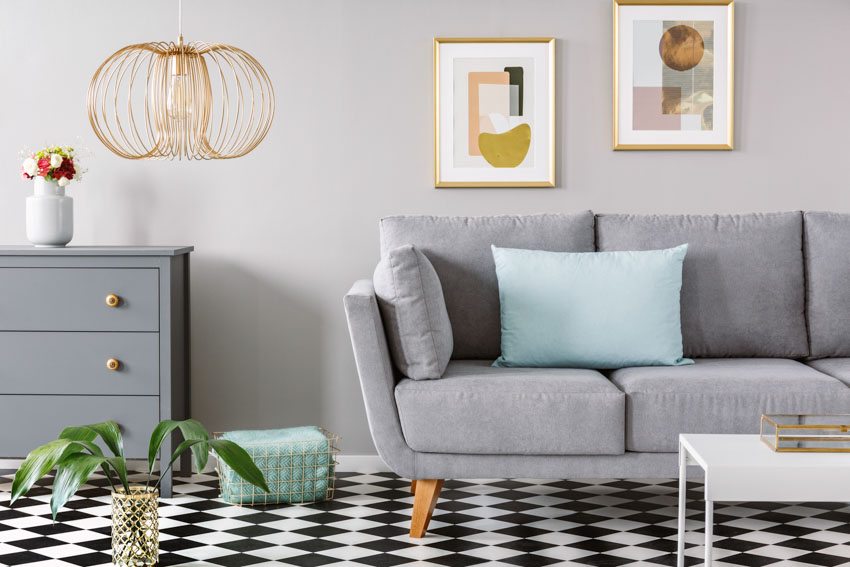
Go out of your way to figure out the age of the home and of the linoleum sheets or tiles used to floor it. If it goes all the way back to before 1990, it would be best to leave it alone and just tile over it straight away.
The reason behind this is that linoleum floors back in this era oftentimes contain asbestos as their main material. This is a cancer-causing agent and can turn out to be a real health hazard so it would be best to just not disturb it altogether.
What Condition Is The Linoleum In?
Linoleum sheets are usually attached to another layer before the floor. This layer is called the subfloor. Check how securely the old linoleum is attached to it. If it isn’t attached too securely, this means that tiling over it won’t be all that secure either.
Granted, you can still get it done. It just means that you’ll be pouring in so much more labor and cost to the project than you have initially planned.
Is It Cushioned?
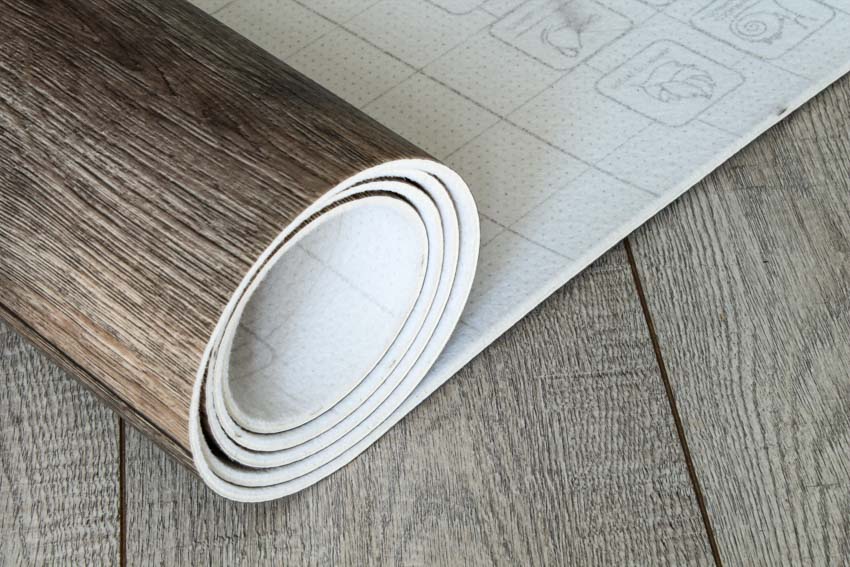
Linoleum usually has cushion backing which runs the risk of getting compressed over time. This can show imperfections such as dents and the like.
This means that if you’re going to be laying tiles over this unstable surface, your tiles run the risk of coming loose because it’s not adhered to a flat and stable surface.
Tile Over Linoleum Preparation Tips
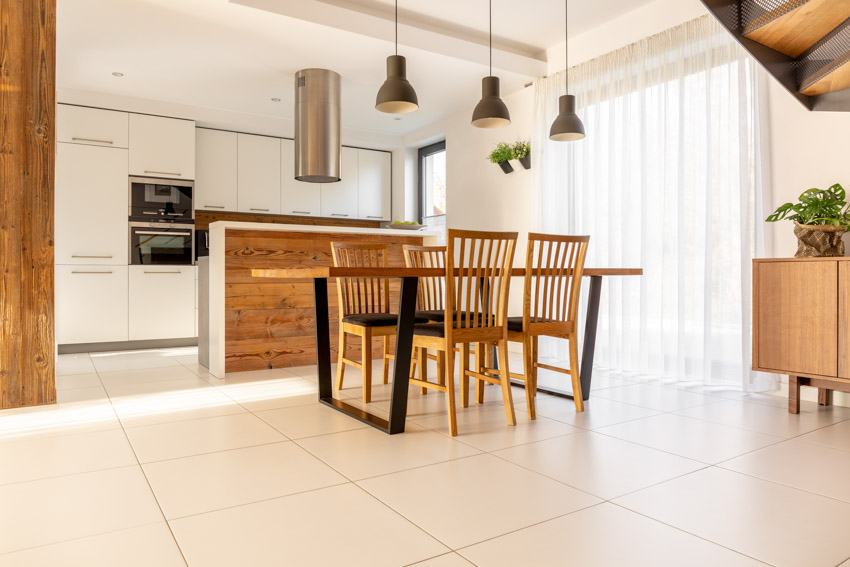
Once you’ve checked everything and you’re absolutely ready to lay tiles over your linoleum floors, here are the actual steps you need to take.
A good surface cleaning – A thoroughly cleaned linoleum surface will ensure that your tiles will actually adhere without any issues at all to their new home.
Use a stiff scrub or brush and some water to scrub any loose dirt and debris away. Smooth the flooring surface by sanding it down after an initial scrub. This will create a more stable foundation for your tiles to rest on.
Lay on the mortar – Using a flat-edged trowel, spread a thin layer of mortar over the floor’s surface. Wait for the first layer to dry for about 30 minutes, then lay on a second layer.
Use a notched trowel to spread the mortar during the second application. The notched trowel will create ridges on the surface that will help the tiles adhere more efficiently to the floor.
Lay the tiles on – The second layer of mortar should be done in sections. Lay the tiles on as you go. Pay attention to the spaces in between the tile pieces and make sure they’re even.
Once dried, add grout in between the tiles and allow it to dry as well. Remove any leftover grout from the tiles with a wet sponge. Your floor should be ready to be walked on after 24 hours or so of curing.
What Happens When You Cover Linoleum With Tiles?

When laying tile over linoleum, you have to understand that it can be quite a technical process. If you aren’t all that confident in your handyman skills, you might want to consider consulting a professional to help you get the job done.
One mishap that might happen when you lay tile over linoleum is that the linoleum can come up from the actual level of the subfloor. This is unfortunate but is actually a common occurrence. You see, linoleum is usually applied or installed as one whole sheet and the glue is applied at the edges of the sheet but not at the center part. This means that over time, the unglued parts could come up from the subfloor.
One way for you to manage this accordingly if you’re dead set about laying tile over your linoleum is that you can “tighten the floors”. Drill one-inch screws all over your linoleum floor at 6-inch gaps or so. This will help make sure that the linoleum “stays down” and is fastened to its original subfloor; making it safe for the tiles that will be laid on top of it.
Can You Put Ceramic Tile Down Over Linoleum?

Yes, this is doable. You can put ceramic tile down over your linoleum floors. It does, however, require a few more specifications compared to regular stone tiles.
The underlayment and the subfloor but be at least 1 ¼ inches in terms of their combined thickness. This is to make sure that it will be able to take on the heft weight of the tile, grout, and cement board base, which are the basics of ceramic tile flooring. This is why a hefty and stable substrate is of utmost importance.
What Type Of Flooring Can Be Installed Over Linoleum?

You can install almost any type of flooring material you can think of over linoleum. Because of the thinness of its nature, it makes it pretty easy to upgrade.
Some of these flooring options are even easy ones and can be the type that you can do yourself even if you don’t really have that much of a technical background.
Here are some of the easiest materials to play around with if you’re currently planning an upgrade with your linoleum floors.
Cover it with a carpet: Make sure that you go over the linoleum’s surface with a smoothing compound so that you can fill in the gaps of any irregularities and old dents.
Make sure that you clean the floor surface thoroughly as well before you lay your carpet on top of it. Debris and loose dirt under most types of carpet can attribute to its early wear and tear.
Tile over it: Of course, we’ve already discussed this extensively above.
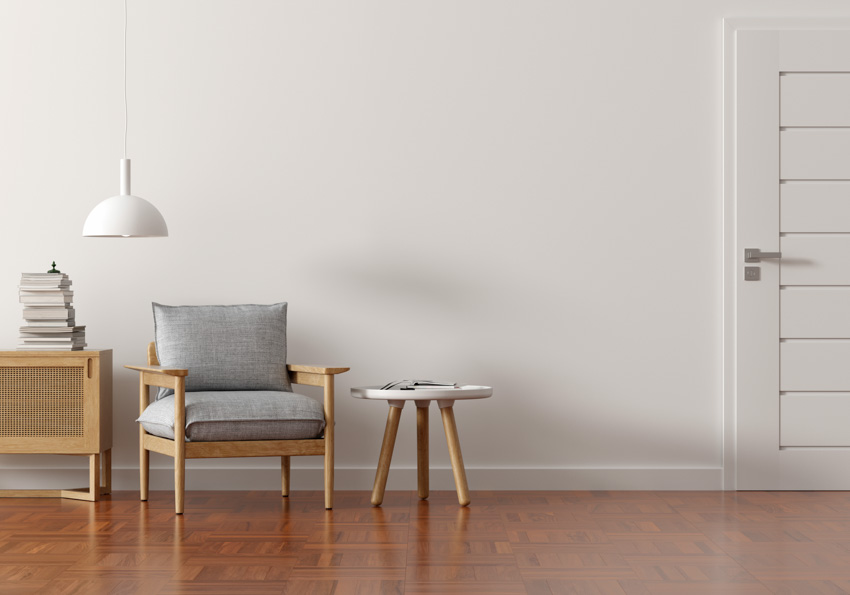
Install hardwood floors: You can go with authentic or real hardwood flooring or the more budget-friendly laminate hardwood alternatives.
Obviously, real hardwood is the costlier choice but the advantage is that there’s no need for you to level the floor additionally so your prep work is reduced. Laminate is just as beautiful aesthetically but is a little cheaper.
There are some types that can be snapped on together, similar to a puzzle so if you’re a DIYer, this can definitely have loads of appeal for you.

New linoleum: This is practical and easy and more importantly, so much cheaper than the rest of the other options. You can simply give an update to your old and tired linoleum by slapping on a newer and fresher sheet on top of it and no one would be the wiser.
Before you do so, though, you need to make sure that you get to smooth the surface out with a leveling compound. This will cover any holes or uneven surfaces that might show through the linoleum.
Also, remember to remove the baseboards before installation. You can re-install them right after. See more related content in our article about laminate flooring vs linoleum on this page.

